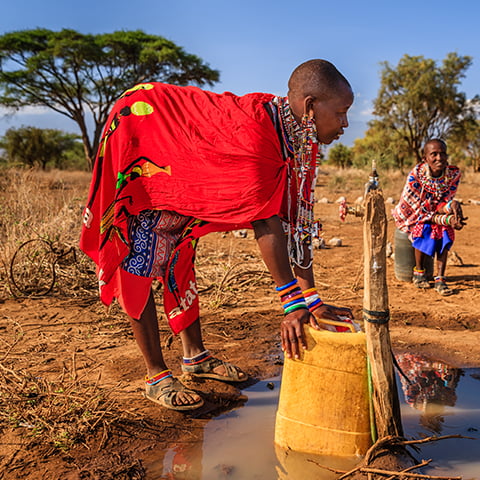Pursuing Water Stewardship
Few natural resources are as essential as fresh water. Yet, in many regions of the world, it is becoming an increasingly scarce resource in the face of growing demand, pollution and climate change.

Few natural resources are as essential as fresh water. Yet, in many regions of the world, it is becoming an increasingly scarce resource in the face of growing demand, pollution and climate change.

Source: NRDC, “Wasted: How America is Losing Up to 40 Percent of Its Food from Farm to Fork to Landfill”
At Crown, where water is a key input for our beverage can manufacturing process (forming, washing, rinsing and cooling), as well as for the manufacture of aluminum and the production of our customers’ products, we recognize our role in helping protect this invaluable resource. We have always been committed to responsible water use and to meeting our Company’s water demand without impacting the availability or quality of the resource to others.
In recognition of the importance of water to our business, customers, suppliers and communities, we recently announced plans to reduce water usage in our global operations by 20% from 2019 levels by the end of 2025. These efforts will decrease our water usage by over 500 million gallons annually.
This goal will serve as part of a larger water stewardship strategy that will be announced in 2020. As part of this effort, we are currently assessing our global operations to understand our full water footprint, evaluating water risks, taking steps to further boost monitoring protocols and measurement practices and establishing stringent reporting guidelines. This assessment will align with CDP’s water security program, and a report will be submitted in 2020.
Our goals will be based on several key strategies: